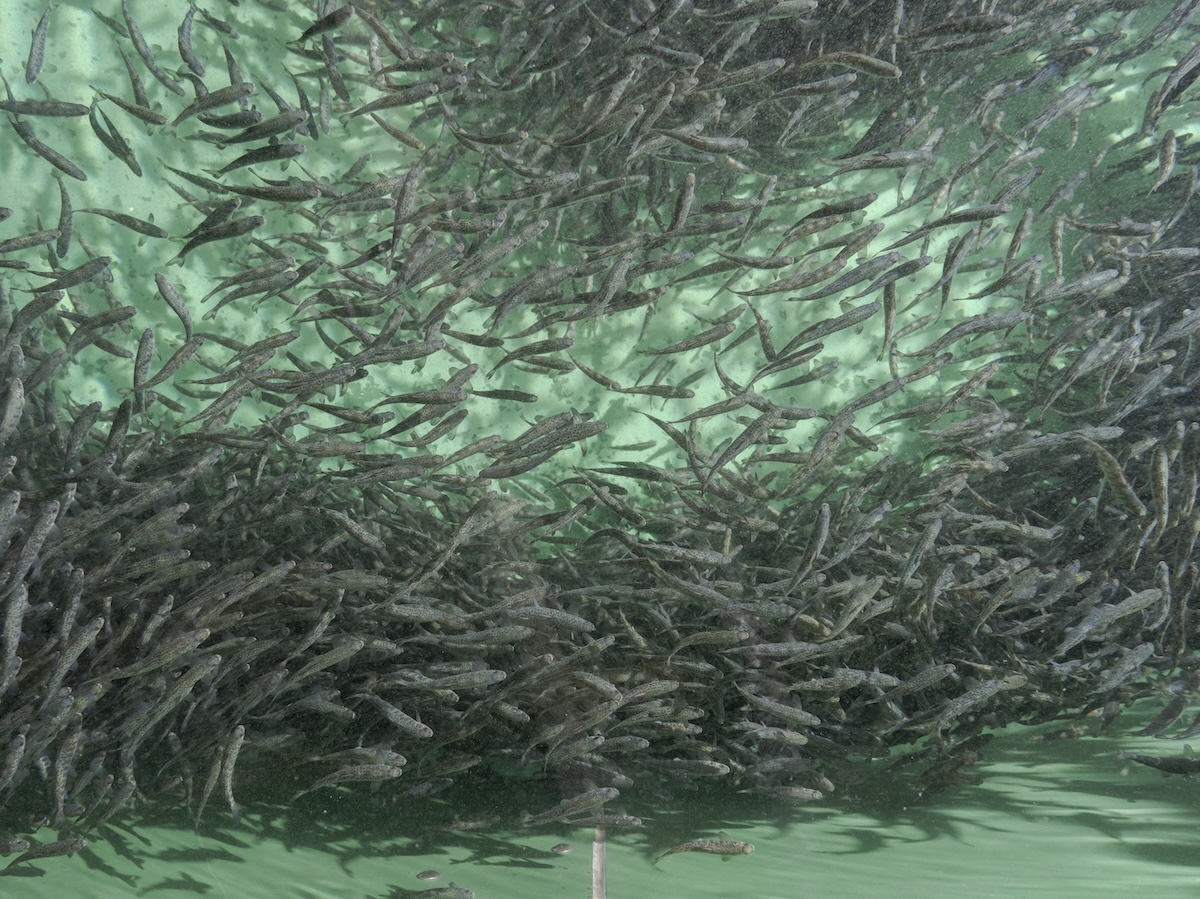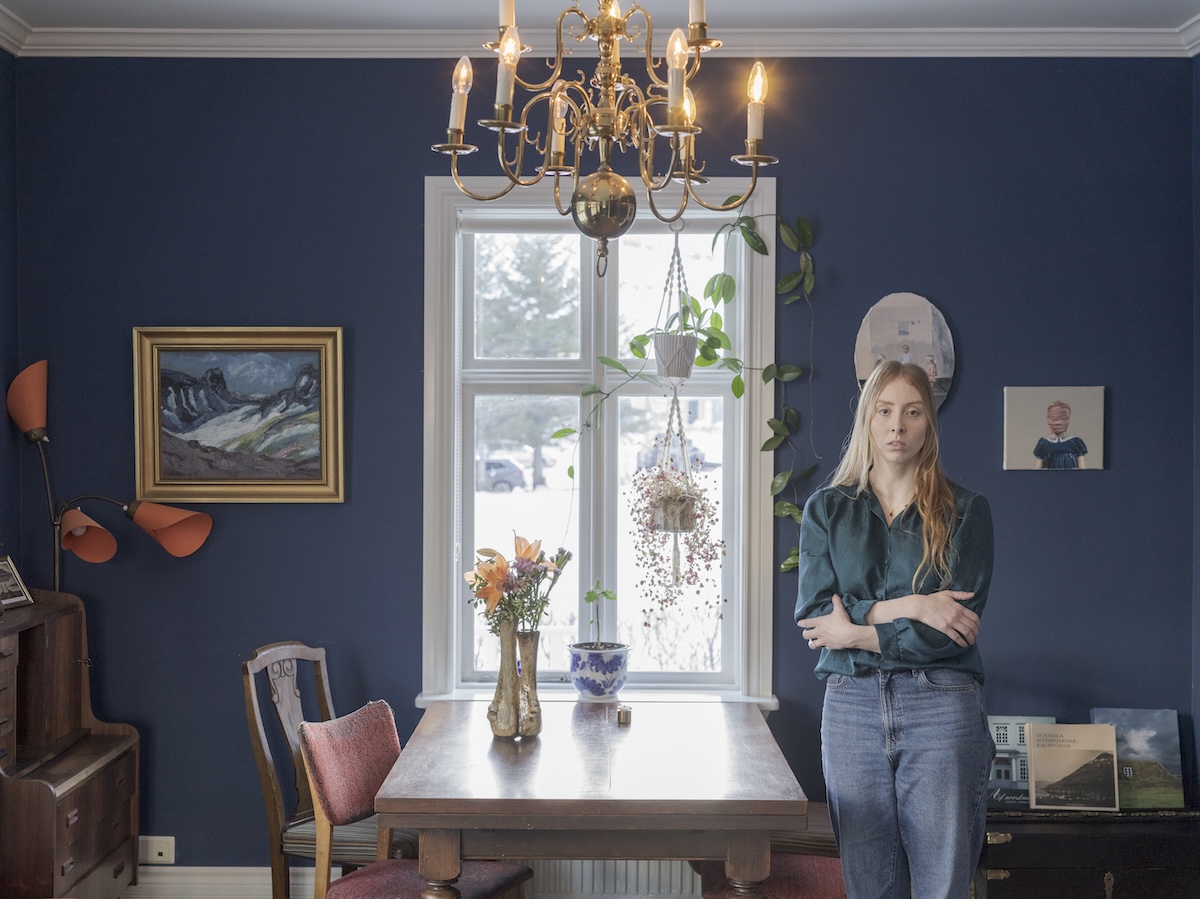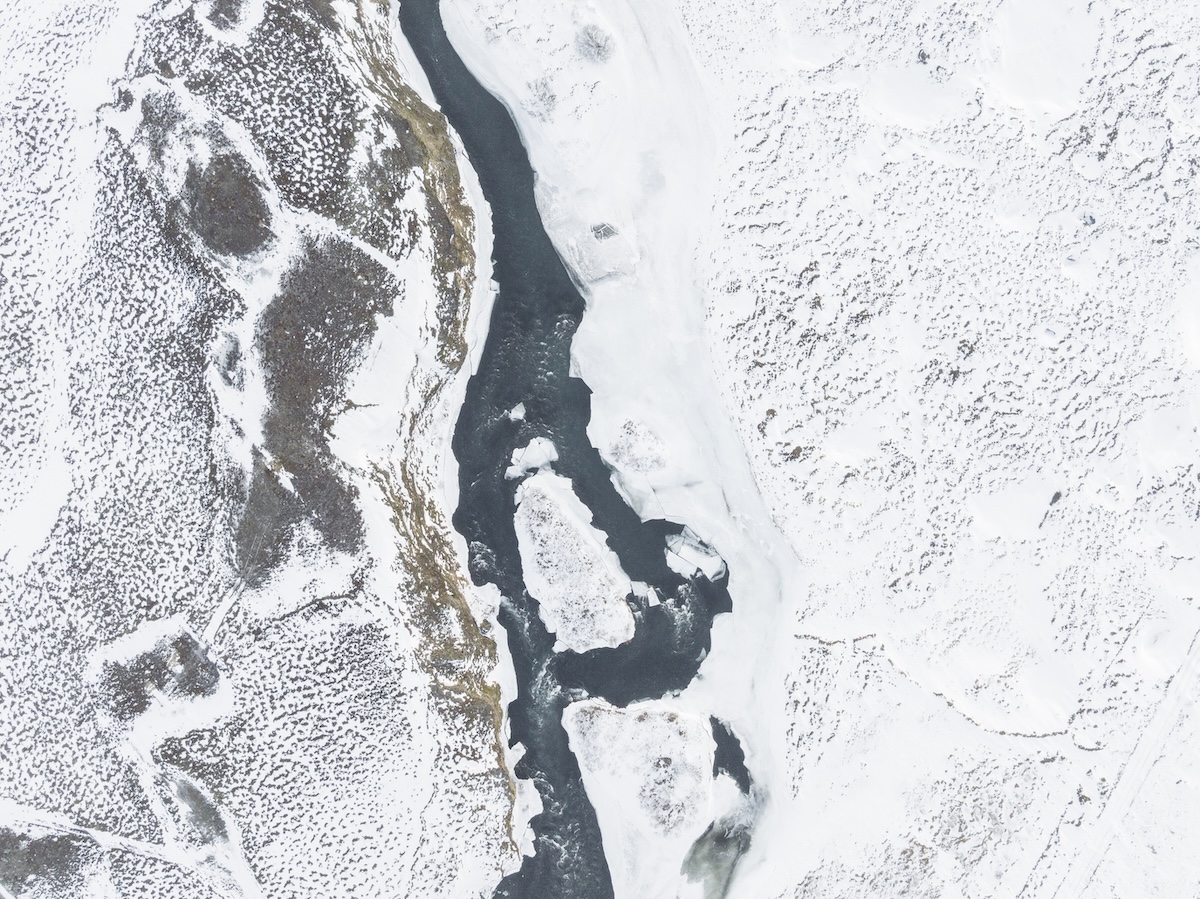Salmon and Salmon
© SchirraGiraldi (Manuela Schirra and Fabrizio Giraldi)Salmon aquaculture is the fastest growing food production system in the world and represents 70% of the market for a total of 2.5 million tonnes per year – WWF data.
Iceland, “the salmon nation” as defined by the oral historian Dalrun Kaldakvisl, is the emblematic and specific case of the direct consequence of this food industry in the wild ecosystems.






In August 2023 the critical event for which the population is now asking to stop this unsustainable industry. A net breaks and over 3500 salmon escaped, an event that could not be masked like many others, and in September 2023 the company issued a public statement. The farmed salmon escaped in the western fjords were hunted in rivers throughout Iceland, they are genetically modified Norwegian salmon (to grow faster and better resist disease) that mixed with Icelandic salmon and laid eggs in the rivers, volunteer teams of fishermen tried to limit the damage for weeks, the winter ice stopped their work.
The Marine and Freshwater Research Institute of Reykjavik together with the University of Baltimore is working to develop a species of sterile salmon within the limits of the minimum necessary food and health conditions – the pressure treatment, or also triploidisation, was halted in 2023 due to welfare challenges in Norway, and therefore in all Europe, but other countries, like Australia and Canada, continue to produce it commercially –, in order to limit the damage of this apparently sustainable but absolutely impactful food industry environmental level, especially in Iceland where local biodiversity is still clearly recognizable.
The wild salmon stock in Iceland is between 50-60,000 individuals, at the moment there are 25 million farmed salmon in netted pens throughout Iceland. 70% of the population is absolutely against the marine open nets, Icelanders do not eat salmon and if they do it is strictly from landing farms.
In the east fjords the movement against new permits for the installation of plants in the Seyðisfjörður fjord is strong and the issue is very sensitive at this time given that many other plants are waiting for authorization throughout the country and nature as is known in Iceland has a very important cultural role. In particular the wild Icelandic salmon is the protagonist of countless sagas, the historian Dalrun Kaldakvisl has collected many for years as evidence of the cultural and ethnic bond between the Icelanders and this species.
“They differ from river to river, they have different characteristics from each other that are passed down genetically from generation to generation” says Arni Hilmarsson, his family has been working as salmon fishing guides for generations and has passed on the culture and respect for it. “Crossbreeding with the farmed type means the extinction of a large part of them. It is a very serious loss at the ecosystem and biodiversity level that cannot be recovered in any way». And then states: «There is no money that can be worth the biodiversity of our planet”.
click to view the complete set of images in the archive












